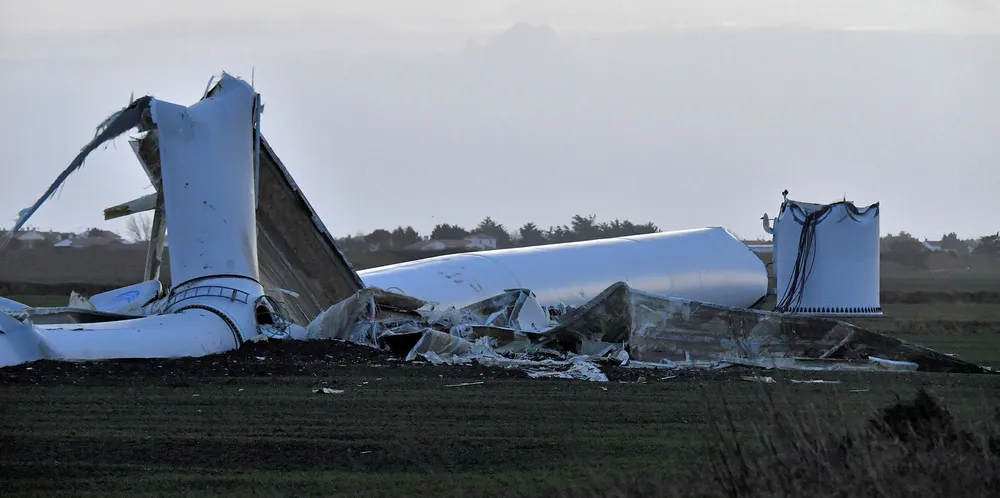'You can model for severe weather – but the weather's getting more extreme'
FACE TO FACE | Insurers are adapting as renewables operators face ever-greater natural hazards, Patrick Stumbras, president of specialist underwriter PERse, tells Darius Snieckus
